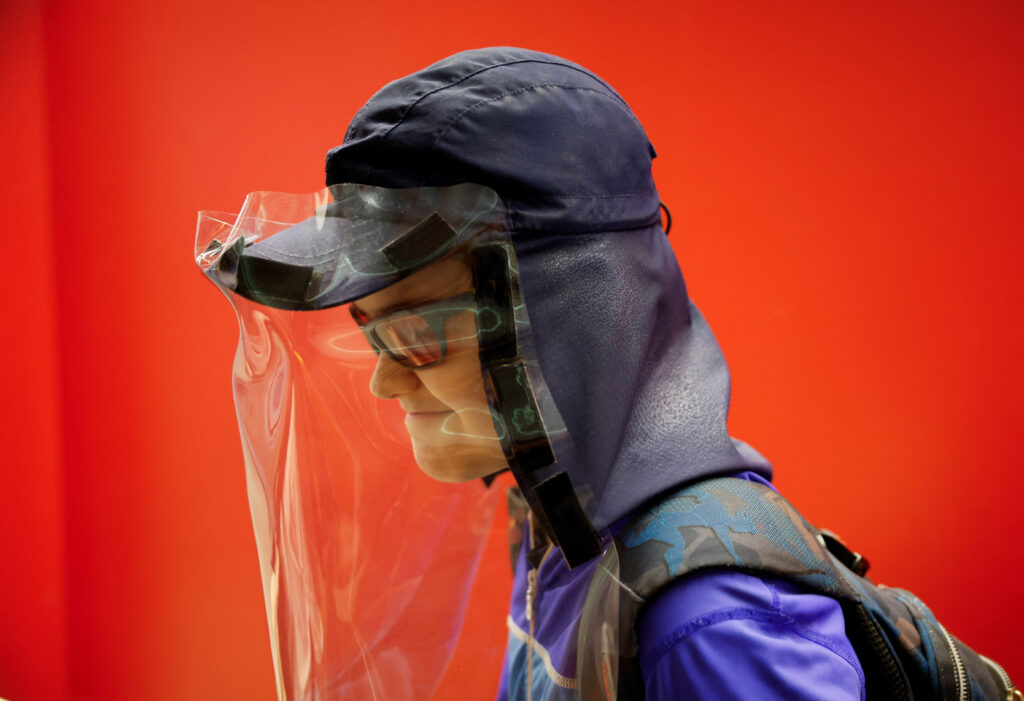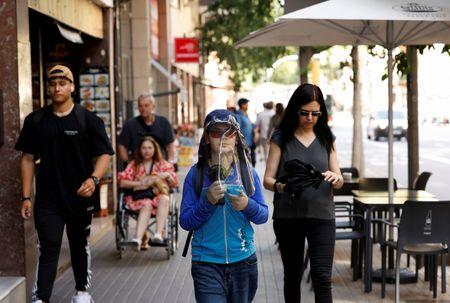In Barcelona, Spain, 11-year-old Pol Dominguez experiences summer holidays unlike most children his age. Instead of enjoying the beach or pool, Pol spends his days indoors, shielded from the ultraviolet radiation that could prove fatal for him.

Pol suffers from Xeroderma Pigmentosum (XP), an extremely rare genetic disorder affecting only 2.3 per million live births in Western Europe. This condition renders him unable to repair DNA damage caused by sun exposure, putting him at high risk of developing cancer. In Pol’s case, even brief exposure to sunlight can cause severe burns.
Living with XP has forced Pol and his family to radically alter their lifestyle. When venturing outside, even in winter, Pol must wear a hood, jacket, sunglasses, and gloves for protection. During summer, he remains indoors as much as possible, and when he must go out, he endures uncomfortable protective clothing despite the heat.
Pol’s school has made significant adaptations to accommodate his condition. Windows and lights have been modified to create a safe environment, allowing him to participate in a relatively normal school life. However, he still needs to bundle up for outdoor activities and carries a UV meter to ensure his surroundings are safe.

At home, Pol’s family has created a UV-light-proof environment. Protective film covers the windows, blinds are kept lowered, and fans ensure good ventilation. His mother, Xenia Aranda, explains that their family activities shift to nighttime. “At around 10 p.m. we say: ‘What would we like to do, Pol? Go to the beach, grab an ice cream, go for a run?'” she shares.
During part of his summer, Pol stays with his grandfather, Ferran Aranda, in Portbou near the French border. As the sun sets, Pol can finally enjoy the beach without his protective gear. Simple pleasures like eating ice cream outside or playing with his towel bring joy to his face.
However, the increasing frequency and intensity of heatwaves due to climate change pose additional risks for Pol and others with XP. Dr. Asuncion Vicente, a pediatric dermatologist at Barcelona’s Sant Joan de Deu hospital, warns, “The more hours of sunshine, the more solar damage. Therefore more illness.”
Pol’s story sheds light on the challenges faced by those living with rare genetic disorders and the extreme measures some families must take to protect their loved ones. It also underscores the broader implications of climate change on human health, particularly for those with heightened sensitivity to environmental factors.
As Pol continues to navigate life with XP, his resilience and adaptability serve as an inspiration, while his condition highlights the need for greater awareness and research into rare genetic disorders.
Credit: Reuters



